Knowing the price of moonstone jewelry is crucial for anyone interested in purchasing this mystical gem. Whether you are a collector, jeweler, or simply fascinated by its allure, understanding its value empowers you to make informed decisions.
In this post, you will delve into the factors that determine how much moonstone costs and gain insights into the market trends affecting its price. By grasping the significance of pricing in relation to moonstone's quality and origins, you can navigate your purchase with confidence and clarity.
How Much is Moonstone Worth?
Moonstones can vary in price depending on their quality, size, and color. On average, a moonstone can cost anywhere from $10 to a thousand dollar per carat. The more transparent and blue the moonstone is, the higher its value tends to be.
Moonstones with a strong blue sheen or adularescence are highly sought after and command a higher price due to their rarity. These top-quality moonstones can cost upwards of $100 per carat or even more.
Factors Affecting the Value of Moonstone
The price of moonstone is influenced by factors such as color, clarity, cut, and origin.
Body Color
When determining the value of a moonstone, body color plays a significant role. The more translucent and vibrant the body color is, the higher the value of the moonstone. For example, if you have a moonstone with a bluish sheen that seems to glow from within, it will be more valuable than one with a dull or less defined sheen.
Moonstones with an intense blue hue are highly sought after and therefore fetch higher prices. On the other hand, those with paler hues may not be as valuable. When assessing your moonstone's worth based on its body color, remember that there are different types such as rainbow moonstones and white moonstones which can also affect their value.
Clarity and Transparency
The clarity and transparency of a moonstone greatly impact its value. If your moonstone has minimal inclusions (internal flaws) and excellent transparency allowing light to pass through easily, it will command a higher price. In contrast, if your stone has visible inclusions or appears cloudy due to reduced transparency, its value decreases.
A clear and transparent moonstone exhibits adularescence. Adularescence is the optical phenomenon responsible for its unique shimmer. This makes it highly desirable among collectors and enthusiasts alike. Therefore, when appraising your own piece or considering purchasing one for investment purposes or personal use, keep these factors in mind to ensure you get good value for money.
Size and Cut
When it comes to moonstone, both size and cut play a significant role in determining its price. Generally, larger moonstones are more valuable than smaller ones because they are rarer and can showcase the stone's unique adularescence phenomenon more prominently.
Additionally, the cut of a moonstone also affects its price. The cut refers to the way the stone has been shaped and faceted to enhance its beauty and maximize its play of light. A well-cut moonstone will exhibit a symmetrical and balanced appearance, allowing for optimal reflection and refraction of light within the stone. This enhances the stone's overall brilliance and adds to its value.
Moonstones that are cut into popular shapes such as oval, round, or pear tend to have a higher demand and therefore command higher prices. These shapes are more versatile and can be used in various jewelry designs. However, moonstones with unique and unconventional cuts may also be sought after by collectors or individuals looking for one-of-a-kind pieces.
Types of Moonstone and Their Prices

1. Adularia Moonstone
Adularia moonstone, often simply referred to as moonstone, is the most common type. It exhibits a pearly and opalescent schiller, with a soft, milky sheen that seems to glow from within. The most prized adularia moonstones display a blue sheen against a colorless background.
Price: The cost of adularia moonstone varies depending on the quality of the adularescence and the stone's clarity. High-quality pieces with a clear blue sheen are more expensive, while those with a weaker sheen or cloudier appearance are more affordable.
2. Rainbow Moonstone
Despite its name, rainbow moonstone is technically a variety of labradorite and belongs to the feldspar group. It's known for its stunning iridescence, displaying a range of colors when light is reflected, including blues, greens, and oranges. This type of moonstone has a more transparent or translucent background compared to traditional adularia moonstone.
Price: Rainbow moonstone is generally moderately priced. The value increases for stones that show a more vibrant and full spectrum of colors.
3. Peach or Pink Moonstone
This type of moonstone has a warm peach or pink color. It usually shows a more subdued adularescence compared to the classic moonstone, offering a delicate and feminine appeal. These stones are often translucent to opaque.
Price: Peach or pink moonstones are generally affordable, with prices comparable to or slightly higher than regular adularia moonstones, depending on the intensity of the color and sheen.
4. Gray Moonstone
Gray moonstone is a less common variety, presenting a silvery to dark gray color. It can show a strong adularescence, which creates a striking contrast against the darker background.
Price: The price of gray moonstone can vary, but it is usually in the moderate range. Stones with a more pronounced and attractive sheen are priced higher.
5. White Moonstone
White moonstone displays a traditional pearly and opalescent appearance but with a white background. It often shows a more subdued sheen compared to the blue sheen of higher-quality adularia moonstones.
Price: White moonstone is generally affordable, making it a popular choice for jewelry. The price can vary based on the quality of the sheen and the clarity of the stone.
6. Green Moonstone
Green moonstone is a rare variety that displays a light green hue with the characteristic moonstone adularescence. These stones can range from transparent to translucent and are valued for their unique color and sheen.
Price: Due to its rarity, green moonstone can be more expensive than other types, especially if it exhibits a strong sheen and good clarity.
7. Blue Moonstone
Blue moonstone, a highly valued variety of moonstone, is known for its stunning and distinctive blue adularescence. This phenomenon gives the stone a magical, glowing blue sheen that appears to float over a typically colorless or slightly milky background. The depth and quality of the blue sheen, which can range from a subtle glow to a vibrant, almost electric blue, are key factors in determining the stone's appeal and value. The blue sheen is most pronounced when light is incident upon the stone at certain angles, making it a captivating choice for jewelry.
Price: Blue moonstone is one of the more expensive varieties of moonstone due to its rare and desirable color effect. The price is largely influenced by the intensity and quality of the blue sheen, the clarity of the stone, and its overall size and cut.
8. Black Moonstone
Black moonstone is a unique and less common variety of moonstone, distinguished by its black or dark gray background color. Despite its darker base, black moonstone exhibits the characteristic adularescence or sheen typical of moonstones. This sheen often appears as a silvery or bluish light that seems to float on the stone's surface. The contrast between the dark background and the luminous sheen creates a striking and mysterious appearance. Black moonstone can range from semi-transparent to opaque and may contain inclusions or natural variations that add to its character.
Price: The price of black moonstone varies based on the quality and intensity of the adularescence, as well as the stone's size, cut, and overall clarity. Generally, black moonstone is moderately priced, making it accessible for a variety of uses in jewelry and decorative objects.
The Worth of Moonstone Beyond Its Price

Moonstone is not just a gemstone; it holds significant metaphysical properties.
Many believe that moonstones promote inner peace and emotional healing. They are thought to harness the energy of the moon, enhancing intuition and promoting inspiration. This gem is often associated with femininity, making it a popular choice for jewelry pieces such as necklaces, rings, and earrings.
Moonstones are also believed to bring balance and harmony while aiding in new beginnings. Their shimmering appearance represents beauty and glow, adding an ethereal touch to any piece of jewelry they adorn. People often seek the moonstone bracelet benefits that calm and soothe emotions during times of stress or anxiety.
In addition to its aesthetic appeal, moonstone's perceived spiritual qualities make it highly sought after in the market. When considering the worth of gems, including moonstones, it's essential to acknowledge not only their monetary value but also their emotional significance.
Tips for Buying Moonstone
Look for Authenticity
When buying moonstone, always ensure its authenticity. Look for reputable sellers and ask for certification. Avoid purchasing from unknown sources or those that cannot provide proof of the stone's authenticity.
Moonstones can vary in quality, so it's important to examine the stone closely. Check for any imperfections or irregularities on the surface, as these could indicate a fake or low-quality moonstone. A genuine moonstone will have a natural sheen and color play known as adularescence.
Consider Color and Clarity
When choosing a moonstone, consider both its color and clarity. The most valuable moonstones typically exhibit a blue sheen, but they also come in various colors like peach, green, and gray. Select a hue that appeals to you while ensuring it displays an attractive shimmer when moved under light.
In terms of clarity, look for stones with minimal visible inclusions or cracks. While some inclusions are normal in natural moonstones, excessive blemishes may affect its durability and overall appearance.
Evaluate Cut and Carat Weight
The cut of a moonstone can significantly impact its visual appeal. Opt for well-proportioned cuts that enhance the stone's adularescence without sacrificing durability.
Consider the carat weight based on your preferences—larger stones may be more suitable for statement jewelry pieces while smaller ones are ideal for delicate designs such as stacking rings or earrings.
Summary
Now that you understand the factors influencing the value of moonstone and the different types available, you can make informed decisions when purchasing this precious gem. Remember to consider its quality, color, and clarity to ensure you're getting your money's worth.
Beyond its monetary value, appreciate the metaphysical properties and historical significance of moonstone, adding depth to your purchase. When buying moonstone, follow the tips provided to guarantee a satisfying acquisition.
Explore reputable jewelers or online platforms to find a moonstone that aligns with your preferences and budget. By applying what you've learned, you'll confidently navigate the market for moonstone, whether for personal adornment or as an investment. Your newfound knowledge empowers you to appreciate the worth of moonstone beyond its price and make well-informed choices.
Frequently Asked Questions
How is the value of moonstone determined?
The value of moonstone is determined by factors such as its color, clarity, cut, and size. The presence of adularescence or sheen also significantly affects its value.
What are the different types of moonstone and their prices?
Moonstones come in various types including rainbow moonstone, blue moonstone, and peach moonstone. Prices vary based on type and quality, with blue moonstones generally commanding the highest price due to their rarity.
Is the worth of moonstone solely based on its price?
No, the worth of a moonstone extends beyond its price. Moonstones are valued for their metaphysical properties and symbolic significance in different cultures.
What factors should one consider when buying a piece of moonstone?
When purchasing a piece of moonstone, it's important to consider factors such as color consistency, transparency, and any visible flaws or cracks that may affect its overall appeal and value.
Are there specific tips for buying high-quality moonstones?
Yes. Look for stones with strong adularescence (the billowy light effect) which indicates high quality. Ensure that the stone has good transparency with minimal visible inclusions for an optimal purchase.





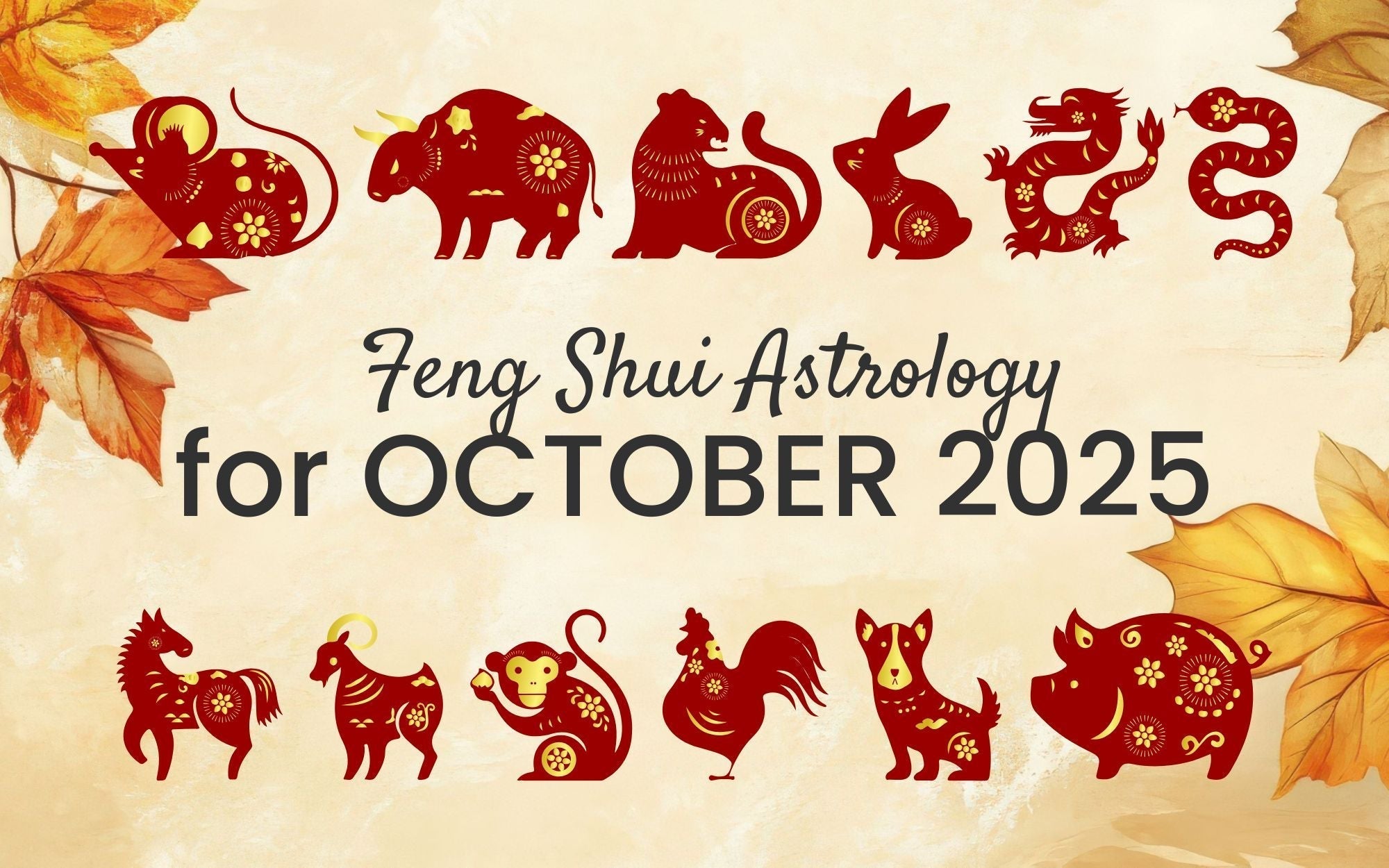
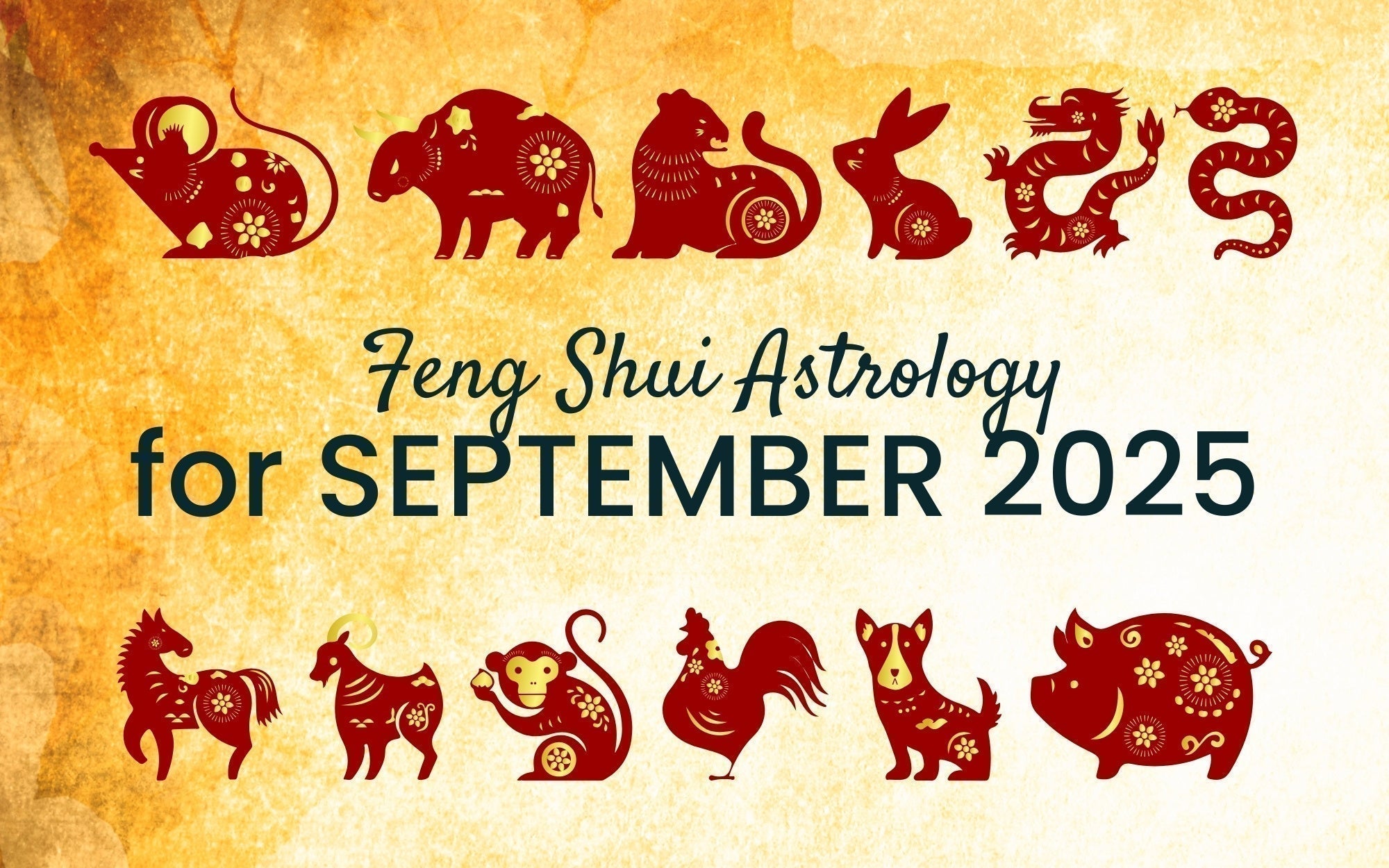

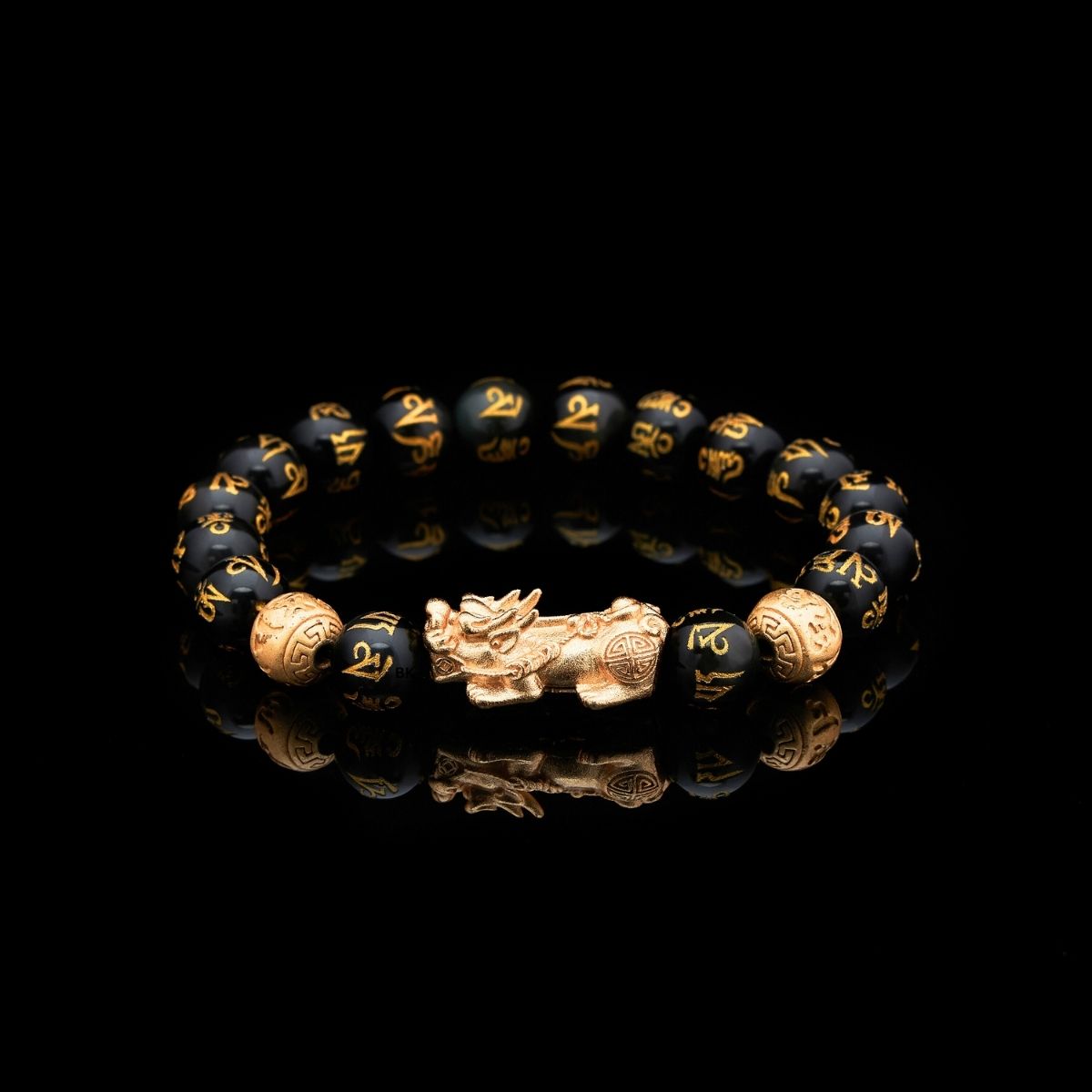

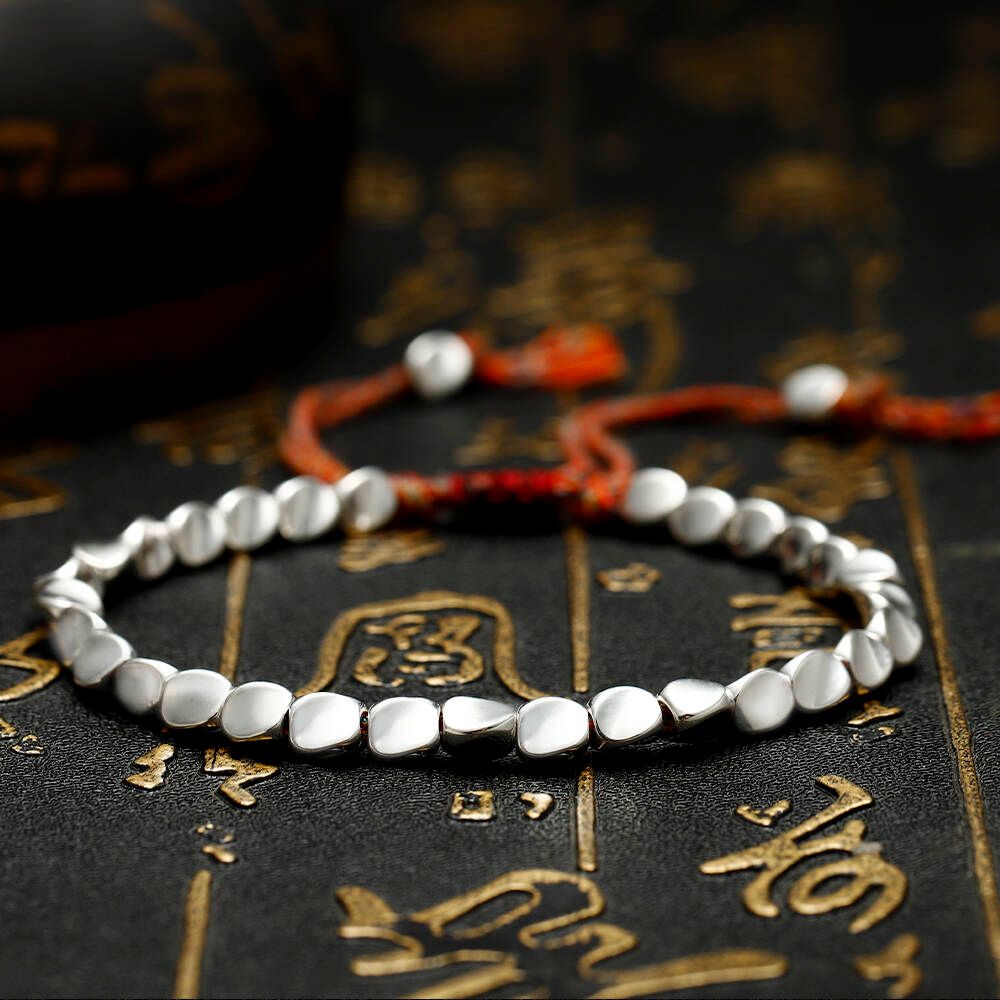

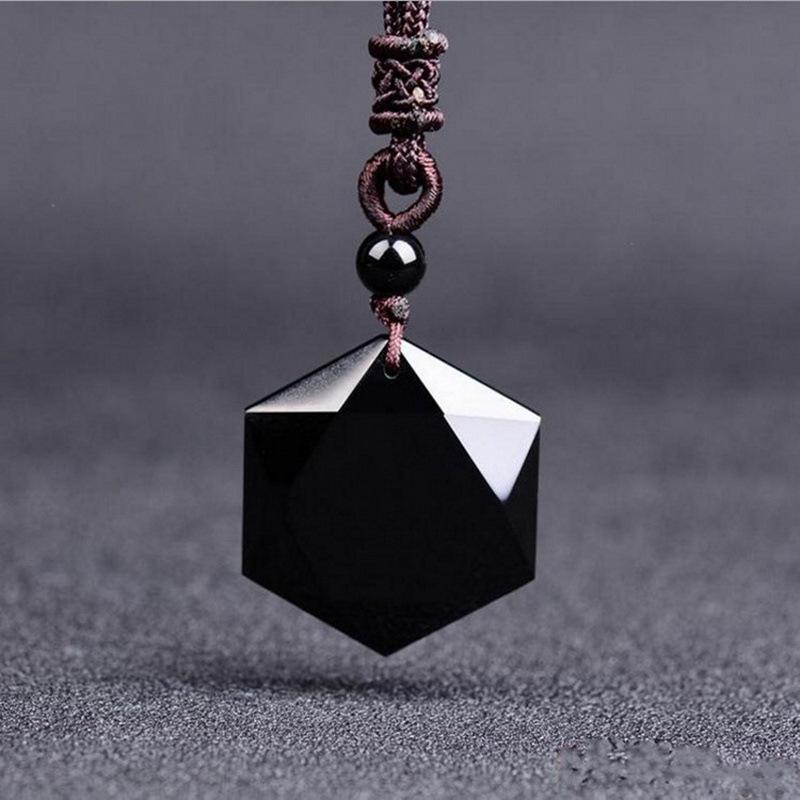

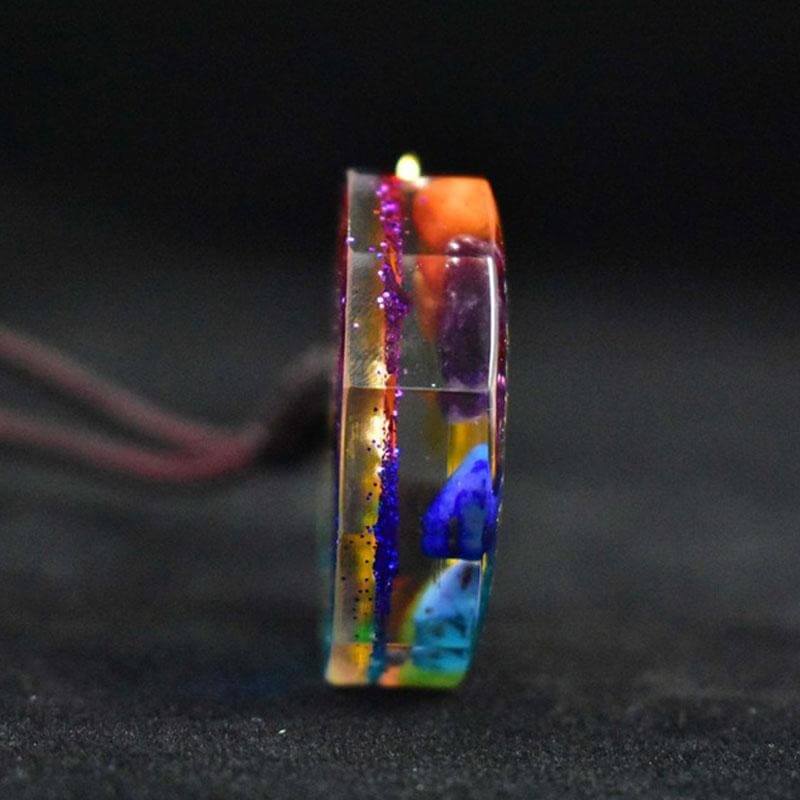
Leave a comment